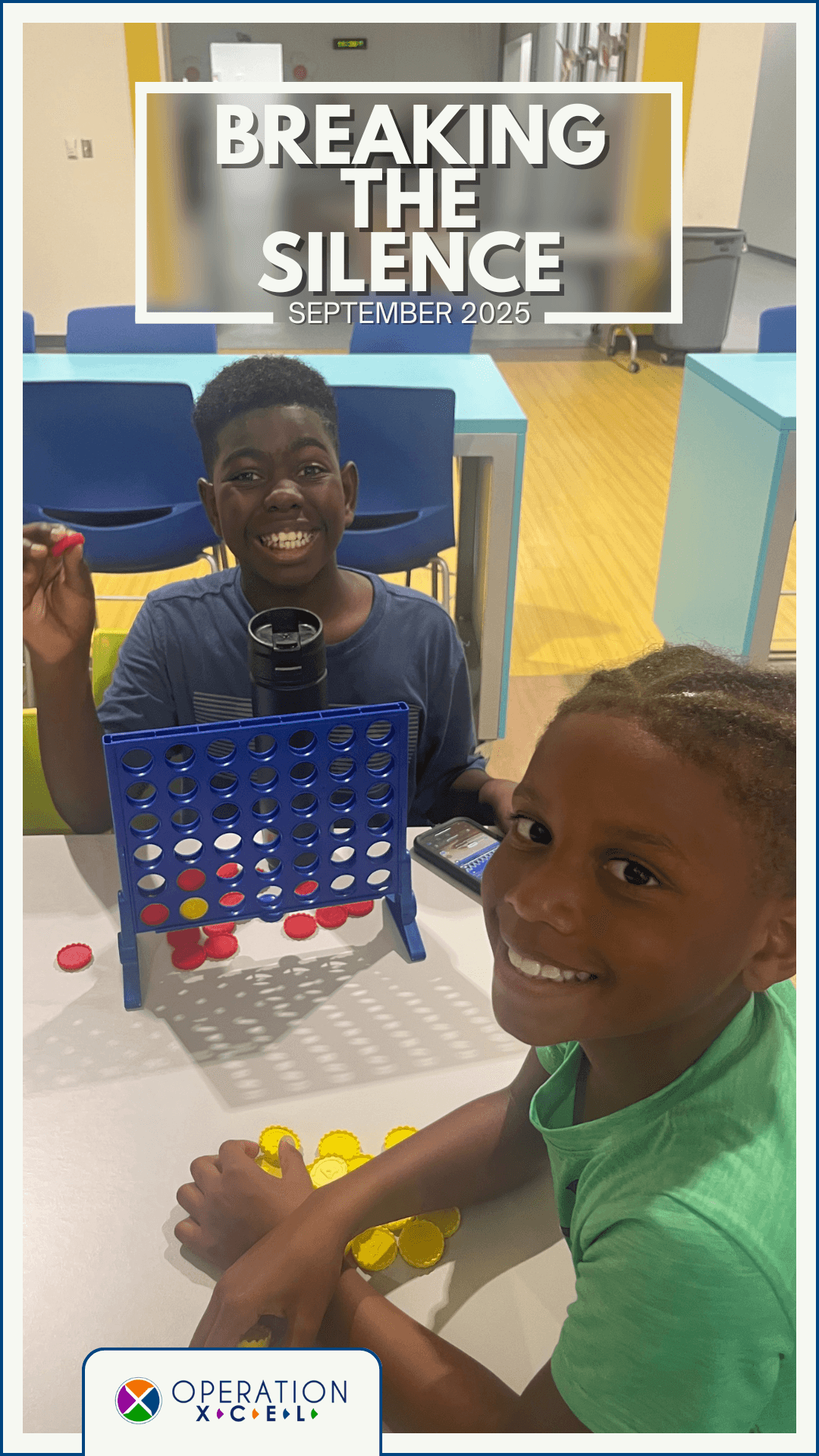
School shootings have become an alarming and tragic reality in the United States. The frequency and severity of these incidents have raised significant concerns about the safety of students and the overall well-being of communities. It is imperative to address this issue with urgency and implement effective measures to decrease school shootings.
The Current Situation in the US
The United States stands out globally for its high number of school shootings. According to data from the World Population Review (2023), the US has experienced 288 school shootings between 2009 and 2018, far surpassing other countries. This staggering number highlights the severity of the problem and the need for immediate action.
Comparison with Other Countries
When comparing the US to other countries, the disparity becomes even more evident. For instance, Mexico, which ranks second, has had only 8 school shootings during the same period (World Population Review, 2023). South Africa, Pakistan, and Nigeria follow with 6, 4, and 4 incidents, respectively. European countries, such as France and Germany, have experienced significantly fewer school shootings, with only 2 incidents each (World Population Review, 2023). This stark contrast underscores the unique challenges faced by the US in addressing this issue.
Factors Contributing to School Shootings
Several factors contribute to the high incidence of school shootings in the US. These include:
- Access to Firearms: The ease of access to firearms in the US is a significant factor. The country has some of the most lenient gun laws globally, making it relatively easy for individuals to obtain firearms.
- Mental Health Issues: Mental health problems, including depression and anxiety, are prevalent among school shooters. Addressing these issues through better mental health support and early intervention is crucial.
- Bullying and Social Isolation: Many school shooters have a history of being bullied or socially isolated. Creating a supportive and inclusive school environment can help mitigate these risk factors.
- Cultural Factors: The US has a unique cultural relationship with guns, which can influence attitudes towards firearms and violence.
Expert Opinions
Experts agree that a multi-faceted approach is necessary to address the issue of school shootings. Elizabeth Englander, a professor at Bridgewater State University, emphasizes the importance of teaching social and emotional skills in schools. She states, "Students with more fluent social skills connect better with others and may be more able to recognize troubled peers who need help" (Englander, 2020).
Matthew Mayer, a professor at Rutgers Graduate School of Education, argues against arming teachers, stating, "Arming teachers is a bad idea because it invites numerous disasters and problems, and the chances of it actually helping are so minuscule" (Mayer, 2021). Instead, he supports measures such as universal background checks and banning assault-style weapons.
Measures to Decrease School Shootings
To address the issue of school shootings, a multi-faceted approach is necessary. Here are some measures that can be implemented:
- Stricter Gun Control Laws: Implementing stricter gun control laws, including background checks and restrictions on firearm purchases, can help reduce access to guns.
- Enhanced Mental Health Support: Providing better mental health support in schools, including counseling services and early intervention programs, can help identify and address potential issues before they escalate.
- Anti-Bullying Programs: Implementing comprehensive anti-bullying programs can create a safer and more inclusive school environment.
- Increased Security Measures: Enhancing security measures in schools, such as installing metal detectors and employing school resource officers, can help prevent incidents.
- Community Involvement: Engaging the community in efforts to prevent school shootings, including awareness campaigns and community policing, can create a collective sense of responsibility.
Conclusion
The need to decrease school shootings in the US is urgent and requires a comprehensive approach. By addressing the factors contributing to these incidents and implementing effective measures, we can create safer schools and protect the well-being of students. The comparison with other countries highlights the unique challenges faced by the US, but it also provides valuable insights into potential solutions. It is time to take decisive action and ensure that our schools are safe havens for learning and growth.
References
World Population Review. (2023). School shootings by country. https://worldpopulationreview.com/country-rankings/school-shootings-by-country
PBS News. (n.d.). Analysis: 10 ways we can prevent school shootings right now. https://www.pbs.org/newshour/nation/analysis-10-ways-we-can-prevent-school-shootings-right-now
NPR Illinois. (2022). Experts say we can prevent school shootings. https://www.nprillinois.org/2022-05-26/experts-say-we-can-prevent-school-shootings-heres-what-the-research-says-

